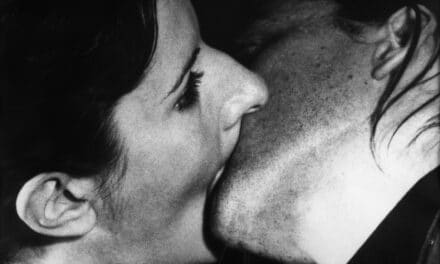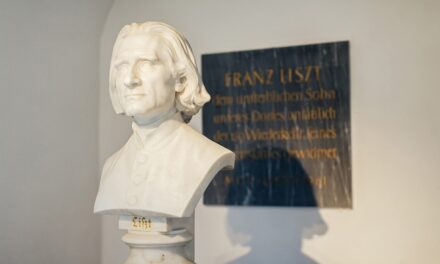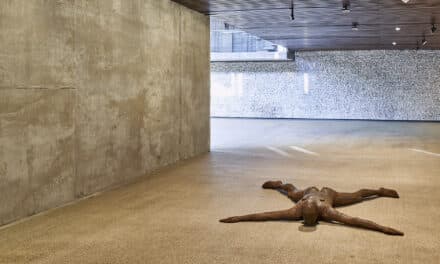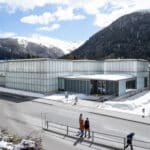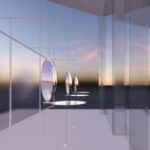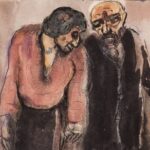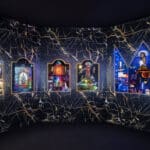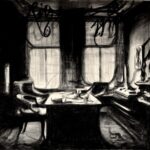Der amerikanische Künstler Dan Flavin (1933–1996) war ein Pionier der Minimal Art. Bekannt wurde er für sein Schaffen mit industriell hergestellten Leuchtstoffröhren. Damit hat er eine neue Kunstform geschaffen und Geschichte geschrieben. Die Ausstellung im Kunstmuseum Basel fokussiert auf seine Arbeiten, die anderen Künstlerinnen und Künstlern oder Ereignissen gewidmet sind.
Als Dan Flavin 1963 eine handelsübliche Leuchtstoffröhre in einem 45-Grad-Winkel an der Wand seines Ateliers anbrachte – und diese kurzerhand zur Kunst erklärte –, war dies ein radikaler Akt. Tatsächlich war es dieser Aktion zu verdanken, dass kommerzielle Standardprodukte in die Kunst eingeführt wurden: Die in der damaligen Zeit aufkommende Minimal Art betonte Serialität, Reduktion und Sachlichkeit. Ironischerweise avancierte der amerikanische Autodidakt Flavin, der sich selbst nie als eigentliches Mitglied der Kunstströmung sah, buchstäblich zu deren leuchtendstem Vertreter.
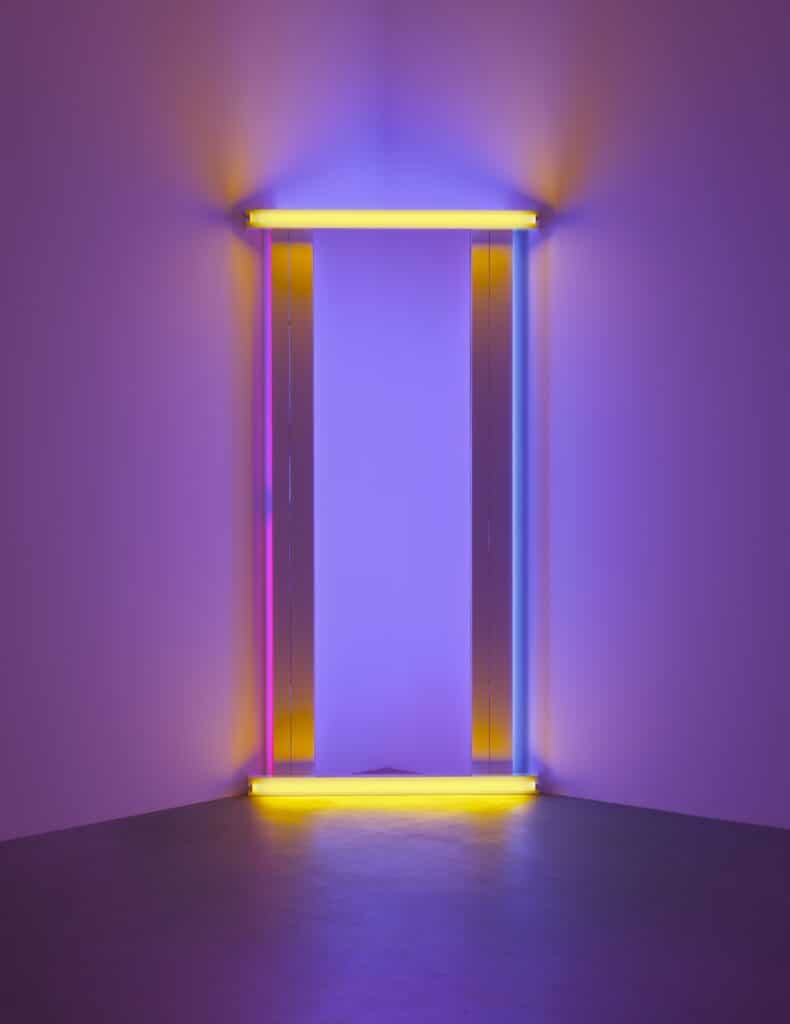
Dan Flavin, untitled (to Barnett Newman) one, 1971, yellow, red, and blue fluorescent light, 244 x 122 x 18 cm, Collection Carré d’Art-Musée d’art contemporain de Nîmes, Foto David Zwirner Gallery © Stephen Flavin / 2024, ProLitteris, Zurich
Seit den frühen 1960er Jahren arbeitete Flavin mit Leuchtstoffröhren, die er in so genannten ‘Situationen’ anordnete und anschliessend zu Serien und Installationen weiterentwickelte. Die Farben und Dimensionen der verwendeten Materialien waren durch deren industrielle Produktion vorgegeben. Die Betrachtenden werden durch die Lichtflutung selbst zum Teil der Werke: Der Raum und die sich darin befindlichen Objekte werden in Beziehung zueinander gesetzt und schliesslich zu immersiven Kunsterlebnissen, die sinnliche, teils fast schon spirituelle Erfahrungen auslösen können. Damit befreite Flavin die Farbe von der Zweidimensionalität der Malerei. Bisher hatte sich das gängige Verständnis seiner Lichtarbeiten vornehmlich auf ihre minimalistische, industrielle Dimension und somit auf die Einfachheit ihrer Schönheit konzentriert.
Die Ausstellung im Kunstmuseum Basel jedoch legt den Fokus darauf, Flavins Oeuvre in einem unbekannteren Kontext zu sehen: Oft enthalten seine Arbeiten in den Titeln Hinweise auf konkrete Ereignisse, etwa Kriegsgräuel oder Polizeigewalt, oder sind anderen Künstler:innen gewidmet – beispielsweise das Werk untitled (in memory of Urs Graf), das den Innenhof des Hauptbaus allabendlich in buntes Licht taucht.
Mit der grossen Sonderausstellung im Kunstmuseum Basel nehmen die Kurator:innen diese Erzählstrategien anhand von Werken und Serien aus dem gesamten Schaffen Flavins unter die Lupe und laden zu einem sinnlichen Parcours durch sein einzigartiges Schaffen ein.
2. März bis 18. August 2024
https://kunstmuseumbasel.ch



